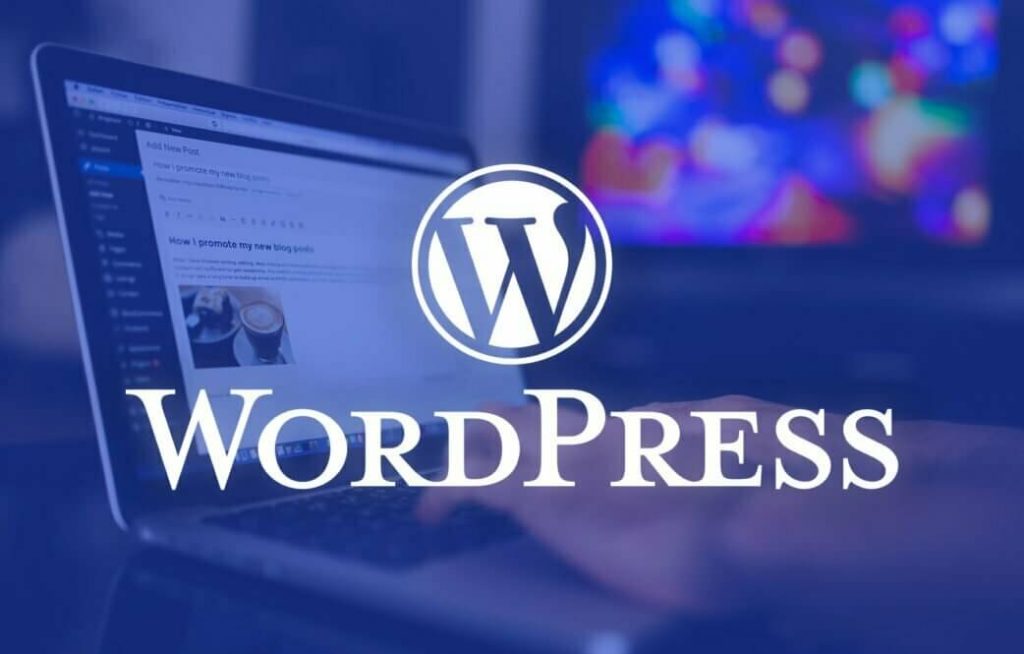The article guides the installation of WordPress on localhost after completing the localhost installation steps. It explains how to download the WordPress source code from the official website, transfer it to localhost, create a new database, and install WordPress. It emphasizes the importance of using English language settings for better understanding of WordPress terms. The article provides a step-by-step process with screenshots for easy understanding. After installation, users can access the web administration page to set up their website. The article concludes with a welcome to the world of WordPress and suggests exploring free online courses on online business and digital marketing.
In the previous article, we covered how to set up localhost completely. If you haven’t gone through that yet, I recommend you do that first before continuing with this guide. Assuming you have completed the localhost installation, let’s dive into installing WordPress on localhost.
When it comes to WordPress installation, it’s crucial to download the source code directly from the official WordPress website at https://wordpress.org/latest.zip. Remember, downloading from trusted sources is essential to prevent any issues.
Once you’ve downloaded the source code (version 4.9.6 or the latest), unzip the file to find the “wordpress” folder containing all the necessary source code.
Now, transfer this “wordpress” folder to the localhost directory at C:\xampp\htdocs\ (following the steps from the previous article). Create a new folder within htdocs, such as “vothanhduy,” and paste the WordPress source code inside.
With the source code in place, it’s time to create a new database for WordPress to operate smoothly. Start XAMPP and initiate Apache and MySQL services. Access phpMyAdmin through the interface and create a new database with a chosen name (e.g., vothanhduy).
Once the database is set up, proceed to install WordPress by accessing http://localhost:8080/vothanhduy. Follow the on-screen instructions to configure WordPress settings, including database information, user credentials, and site details.
After successful installation, set up the basic site information carefully, including the title, login credentials, and email address. Ensure to enable search engines to index your site for visibility.
Congratulations, you’ve officially installed WordPress! Take a moment to explore the admin interface and admire your work. Feel free to browse your website’s frontend by visiting http://localhost:8080/vothanhduy and witness the default theme WordPress offers.
Welcome to the exciting world of WordPress! Stay tuned for more customization options and beautiful themes to enhance your website’s aesthetics. Enjoy your journey in the WordPress paradise!



